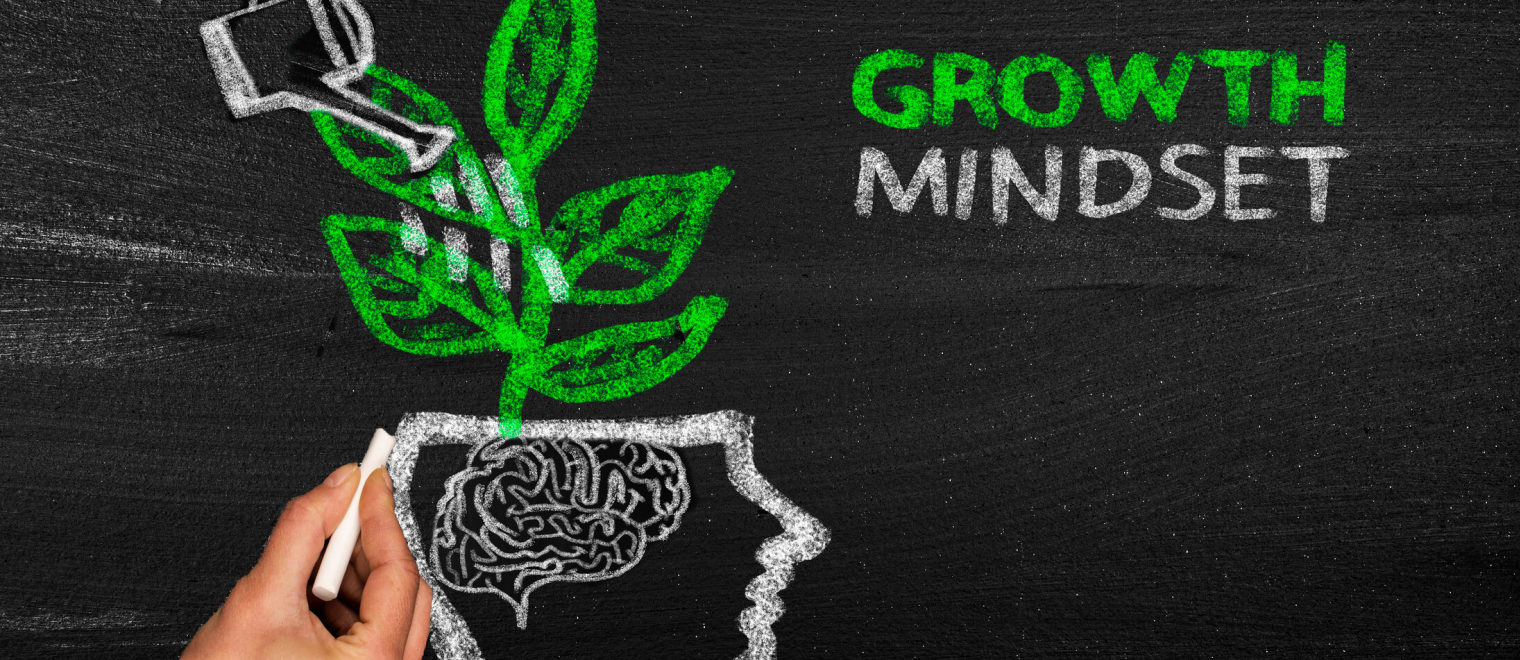This informal article, ‘Cultivating a Growth Mindset in Your Workplace?’, was provided by iAM Learning, who are transforming the way your workforce trains and retains, using high-end animation, lovable characters and captivating stories to make even the most serious subjects appealing and unforgettable.
Imagine you run a startup in a very competitive market. You’re a minnow in a sea of sharks, but you think you’ve got an edge. Your USPs make you stand out, and, as such, there’s a target on your back. No matter. Your new product is about to change the world!
Except, it didn’t. Like many startups, your product flopped, and team morale is at an all-time low. The easy path is just to throw in the towel. You gave it a try. Shrug.
But there’s another way. As CEO, you gather your team and say “Okay, this didn’t exactly go as planned. But what can we learn from this? How can we make our next product better?” You’ve just displayed what we call a ‘growth mindset’.
You’re probably thinking that this is just being optimistic, and you’re ignoring the real challenge. It’s about identifying a potential path where others may see a dead end. There’s some belief, of course. With effort, better strategies and maybe some help, we can develop our abilities to take on this challenge.
If your company embraces a growth mindset and bakes it into your culture, teams become innovative. ‘Unsolvable’ problems can be cracked. And more importantly, employees become satisfied with their work as their skills grow.
So, how do we make this happen? Let’s have a look at some practical strategies.
Practice what you preach
It all starts with you at the top. Do you admit your mistakes? Do you ask for help when you don’t understand something? It’s ok to show that you are a human, and still learning. In fact, it encourages everyone else to do the same. Organise some workshops for your leadership team about learning the growth mindset and it’ll permeate the rest of the workforce in no time.
Training, obviously
There are some excellent eLearning courses to explain growth mindset but avoid the bland, generic ones. Consider skill-specific workshops that tackle challenges your business is facing. Maybe bring in some industry experts for interactive sessions? Whatever you decide, weave learning into everyday work, so people can see that skill development is an ongoing journey, not a one-off event.
Frame your feedback properly
Instead of “Good job, you’re a natural!”, consider “I’m impressed by how you tackled that problem. Your persistence really paid off”. What’s the difference? Well, you’re praising the process rather than the result. That reinforces the idea that effort and good strategy lead to success, rather than a natural talent.
Failure isn’t a dirty word
In a growth mindset culture, failure is just a stepping stone to ultimate success. If you create a space where it’s safe to fail, people will take calculated risks and probably make mistakes, but that’s ok. Consider starting a ‘Lesson of the Month’ award where you celebrate the best of what you’ve learned from those mistakes. It sounds illogical, but it’ll encourage innovation.
Communication is key
Don’t try and hide the challenges you’re collectively facing. Leaders should be transparent about the tough stuff. This shows your team that setbacks are part of the journey, rather than the end of the road. Talk about this stuff and listen to different viewpoints because sometimes the best solutions come from the places you least expect.
Normalise collaboration
Avoid siloing people – instead, encourage cross-department projects. Set up mentoring programs, too. That way, people can share their unique skills and knowledge, so everyone can win. Learning new skills encourages others to learn new ones, too. And when employees see that they can do new things, they’re more likely to embrace the growth mindset.
Your team has used these strategies to implement a growth mindset culture, great job! So, what was their next step? They gathered customer feedback to establish why their idea didn’t work, and they refined their offering. The next product was a hit, and you all came out of the other side stronger than ever.
Creating that growth mindset culture isn’t a quick fix. It’s an ongoing journey that needs your team to commit. But it’s worth the effort because you create a workplace where challenges are just opportunities, where effort is valued, and everyone is constantly learning and growing.
Next time you’re faced with an ‘impossible’ task, remember, with the right mindset, you and your team can meet the challenge, together.
We hope this article was helpful. For more information from iAM Learning, please visit their CPD Member Directory page. Alternatively, you can go to the CPD Industry Hubs for more articles, courses and events relevant to your Continuing Professional Development requirements.













